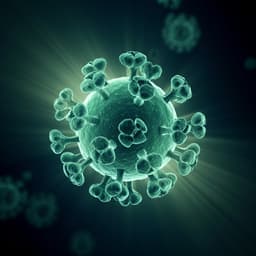
Medicine and Health
The BNT162b2 mRNA COVID-19 Vaccine Increases the Contractile Sensitivity to Histamine and Parasympathetic Activation in a Human Ex Vivo Model of Severe Eosinophilic Asthma
A. Caputo, F. Nicoli, et al.
This study by Antonella Caputo and colleagues explores the acute effects of the BNT162b2 COVID-19 vaccine on severe eosinophilic asthma using an ex vivo model. The findings reveal that the vaccine enhances bronchial tone and responsiveness, offering insights into potential implications for asthmatic patients.
~3 min • Beginner • English
Related Publications
Explore these studies to deepen your understanding of the subject.







